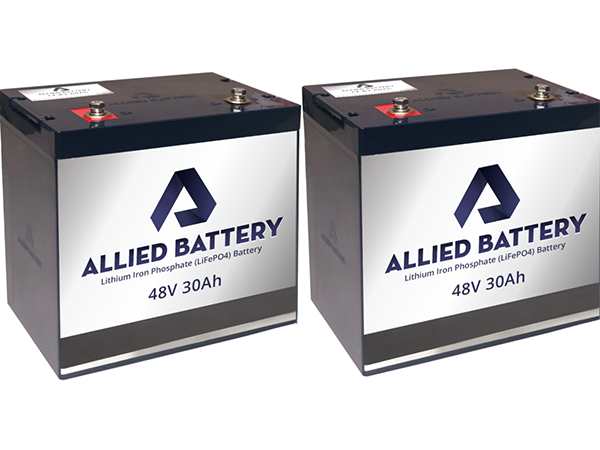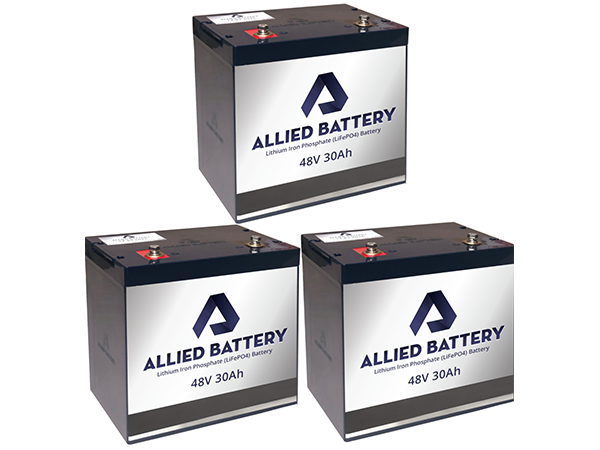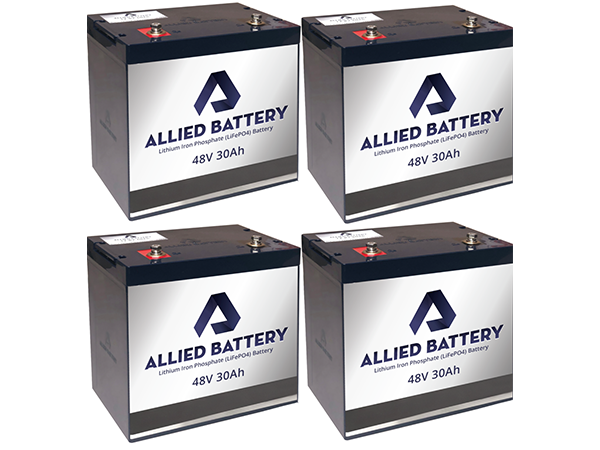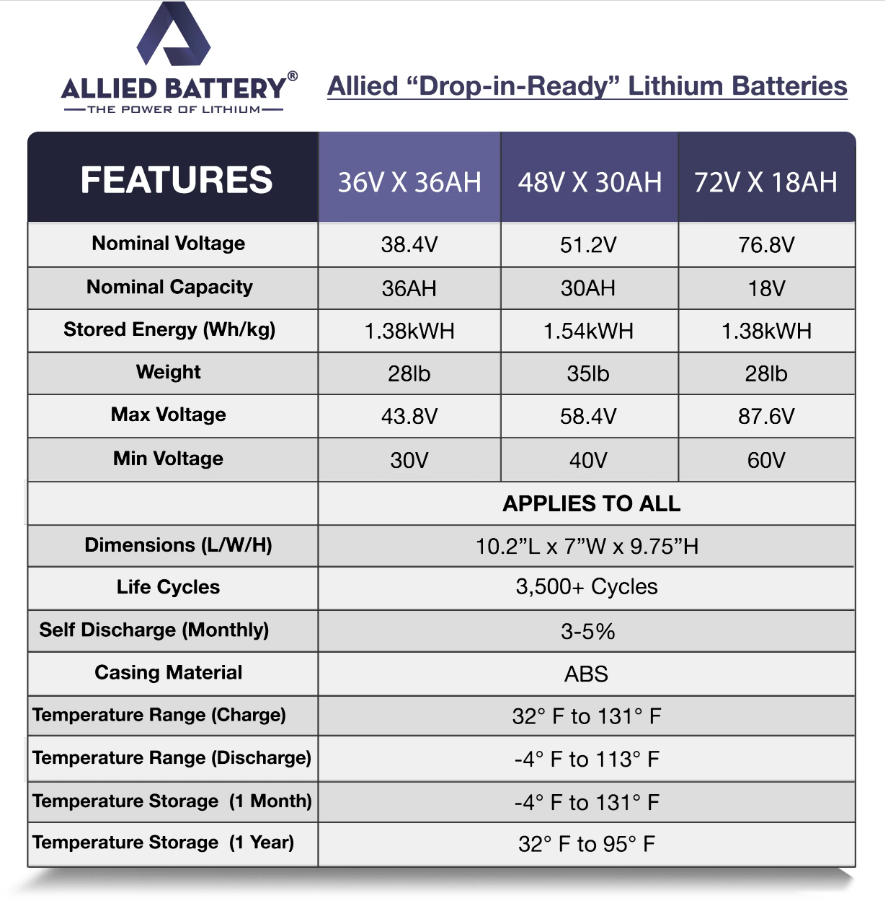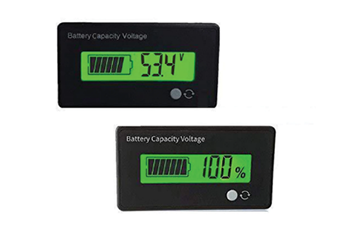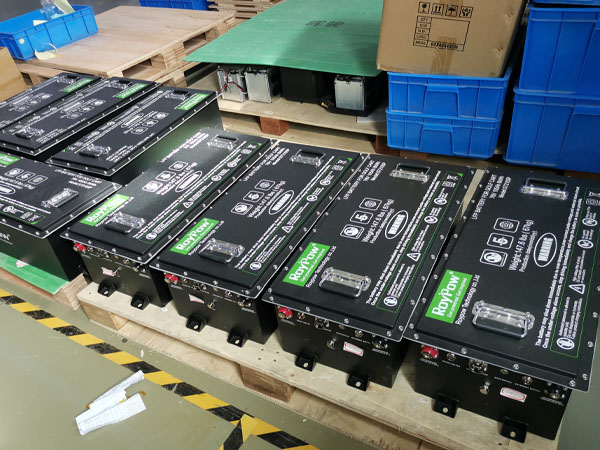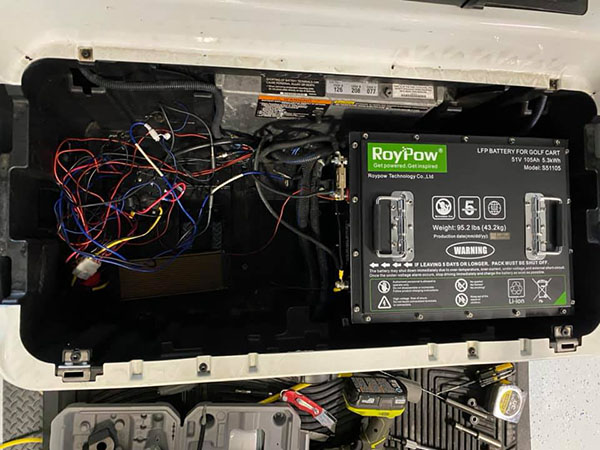Our golf cart accessories and parts shop, Prime Cart Parts, recently added to our selection of golf cart battery chargers – now available for various types of 36 volt and 48 volt EZGO, Club Car, and Yamaha golf carts, the golf cart desulfator reconditioner is a 5A charger with an input voltage of 110V-120V, and an output voltage of 48V, 5 Amps. Designed for overnight charging (typically 6 hours depending on your batteries capacity level and condition), this 7-stage charger has a built-in battery desulfator reconditioner that will significantly prolong the life of your batteries, charging them more efficiently, and giving your batteries longevity, maximum performance and power. Also featuring a trickle charge mode, which will compensate for the self-discharge of the batteries and varies the charge rate according to the frequency of discharge, and pulse mode, which reduces unwanted chemical reactions such as gas formation, crystal growth and passivation. With fan-forced ventilation, automatic LED status lights let you know the level of your charge and how much time remains until the batteries are fully charged.
Click the linked text in the table below to be taken to the page of that specific battery charger on our Prime Cart Parts website. For more on other chargers we carry, check out our golf cart battery chargers tag on Prime Cart Parts, which includes chargers for EZGO, Club Car, Yamaha, Star, and Advanced EV golf carts.
|
36 Volt EZGO Marathon Golf Cart Battery Charger Desulfator Reconditioner |
36 Volt EZGO Club Car Yamaha Golf Cart Battery Charger Desulfator Reconditioner |
36 Volt EZGO Powerwise Golf Cart Battery Charger Desulfator Reconditioner |
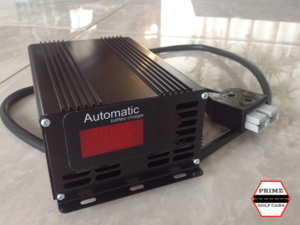 |
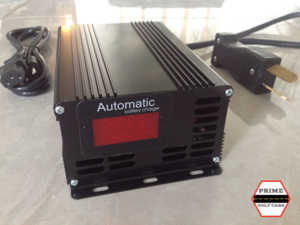 |
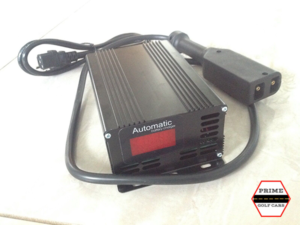 |
| 36V Marathon SB-50 style plug | 36V Crow’s foot connector plug | 36V Powerwise style plug |
| ———————————- | ———————————- | ———————————- |
|
48 Volt Yamaha G29 Golf Cart Battery Charger Desulfator Reconditioner |
48 Volt EZGO RXV TXT Golf Cart Battery Charger Desulfator Reconditioner |
48 Volt Yamaha G19 G22 Golf Cart Battery Charger Desulfator Reconditioner |
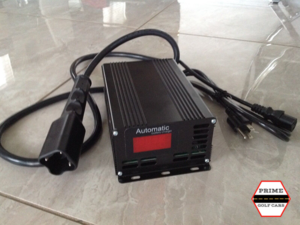 |
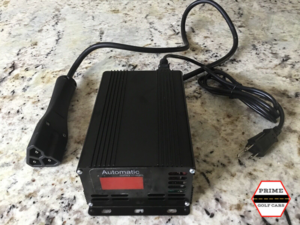 |
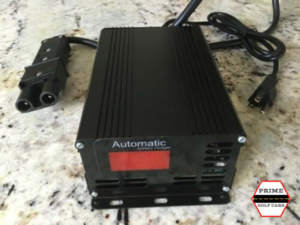 |
| 48V 3-pin connector plug | 48V Marathon 3-pin connector plug | 48V 2-pin connector plug |
OVERCHARGE PROTECTION
Never worry about overcharging, as the charger automatically stops when batteries reach set voltage. Should you have a relatively bad battery or batteries, the charger will safely and optimally charge the batteries without overcharging the good batteries.
BUILT-IN BATTERY FOR GOLF CART DESULFATOR RECONDITIONER / REJUVENATOR
Designed to help batteries charge faster and provide maximum performance and power. Prevents new batteries from becoming sulfated and rejuvenates older good working batteries by automatically dissolving harmful sulfation, by using safe high-frequency pulse technology. Patented WAVE technology increases battery efficiency, extends battery life by 2-3 times and keeps batteries from failing prematurely due to suffocating sulfate crystals, hence reducing early battery replacement costs.
LED AMP / VOLTMETER
LED display gives you accurate readings of battery/charge voltage, current, remaining time near the end of the charge cycle, and other useful information such as battery test and fault codes.
EXTENDS THE LIFESPAN OF YOUR BATTERIES
The smart charging characteristics of our desulfating battery charger will dramatically increase the life of the batteries.
POWER SAVINGS
Desulfated batteries charge quicker and reduce electricity consumption.
AUTOMATIC STOP & RESTART
Automatically stops charging when the batteries are fully charged, continues monitoring the battery’s voltage and automatically restarts charging when it detects a preset voltage drop. You can, therefore, have the charger connected to the batteries for months at a time.
TRICKLE CHARGE MODE
Compensates for the self-discharge of the batteries and varies the charge rate according to the frequency of discharge.
PULSE CHARGE MODE
Replenishing energy with a pulse current, which reduces unwanted chemical reactions, such as gas formation, crystal growth and passivation.
NO SPARK CHARGING, REVERSE POLARITY AND SHORT CIRCUIT PROTECTION
Prevents the output leads from sparking due to accidental reverse connection or short circuit.
COMPACT, CONVENIENT AND EFFICIENT
Small and light, adopting switch-mode technology aka switching power supply. This is different from linear power used in traditional chargers. More than 85% of electrical energy is transferred to battery chemical energy, during the charging process, compared with 40% for conventional chargers. This technology is applicable for all battery types (wet, maintenance-free, VRLA, AGM and Gel.)
HIGH-TEMPERATURE PROTECTION
If the charger gets too hot, it will automatically lower its temperature or switch off to protect the charger itself.
Make sure to visit our Prime Cart Parts website for a wide variety of new golf cart parts and accessories, including add-ons and replacement parts. For any questions about availability of parts or carts, or for other inquiries – such as rentals and service -, contact us by using our form or call 954-826-0632.
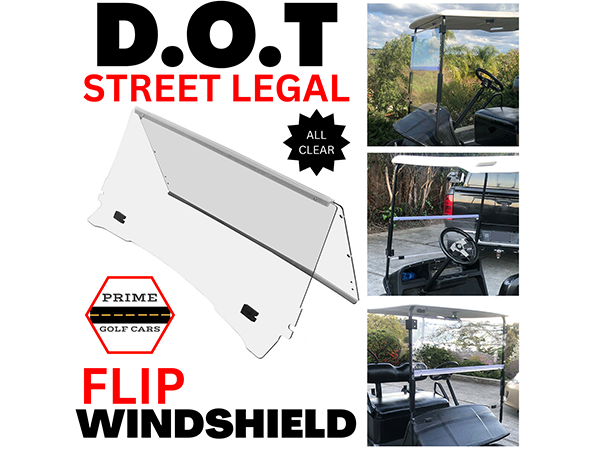
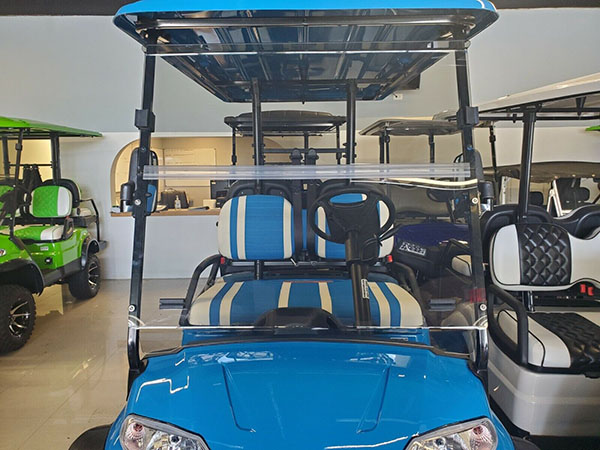 DOT Golf Cart Windshield for
DOT Golf Cart Windshield for 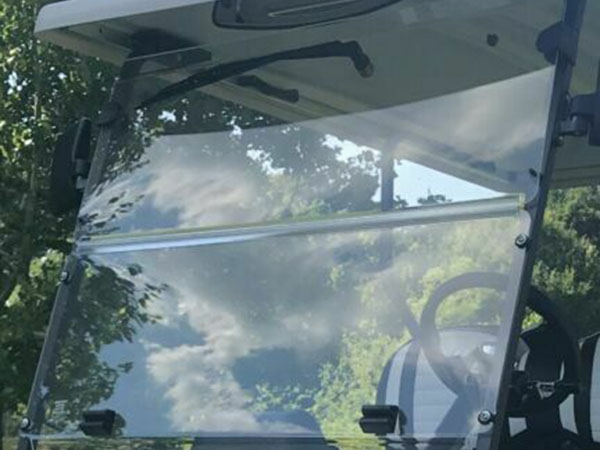 DOT Golf Cart Windshield for
DOT Golf Cart Windshield for 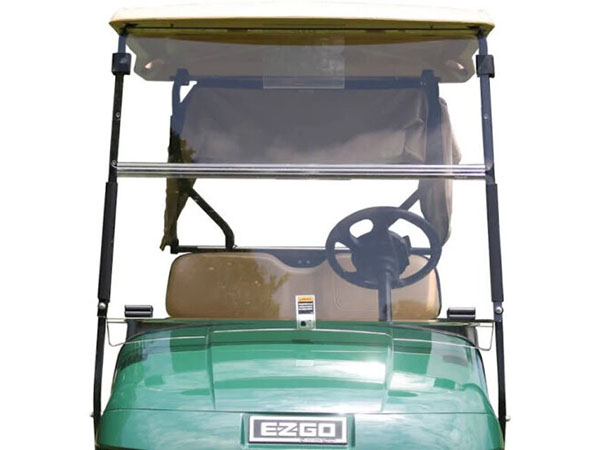 DOT Golf Cart Windshield for
DOT Golf Cart Windshield for 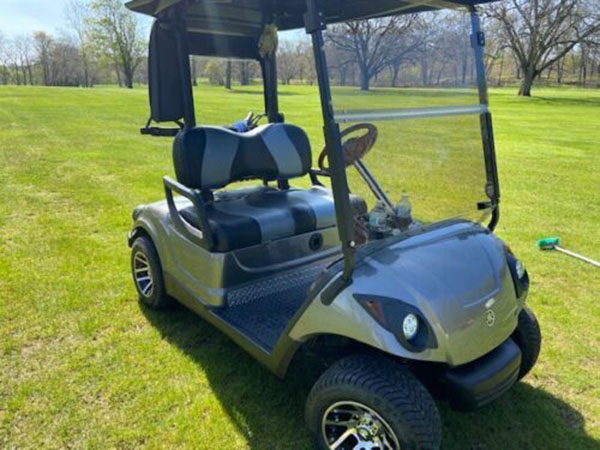 DOT Golf Cart Windshield for
DOT Golf Cart Windshield for 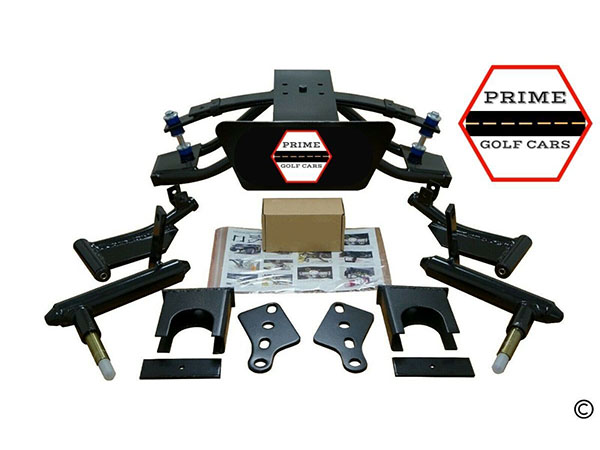
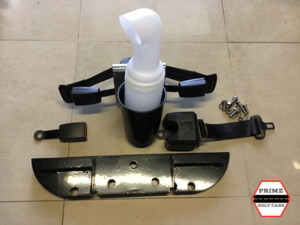

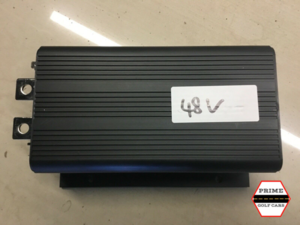


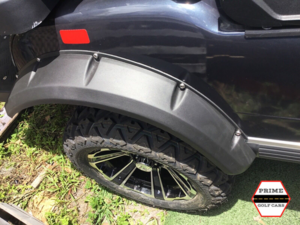

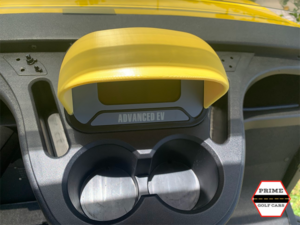
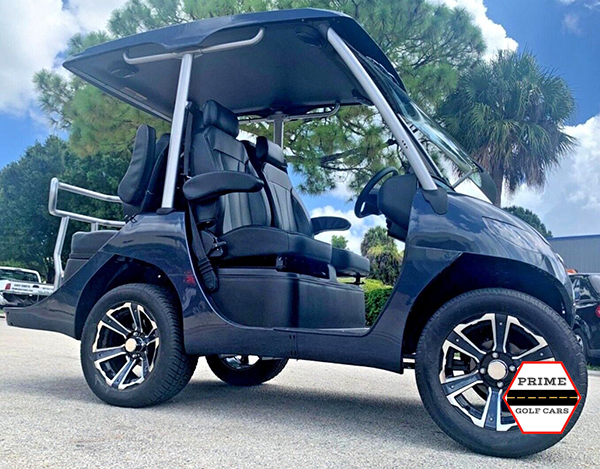 Our last blog was all about our newly introduced
Our last blog was all about our newly introduced 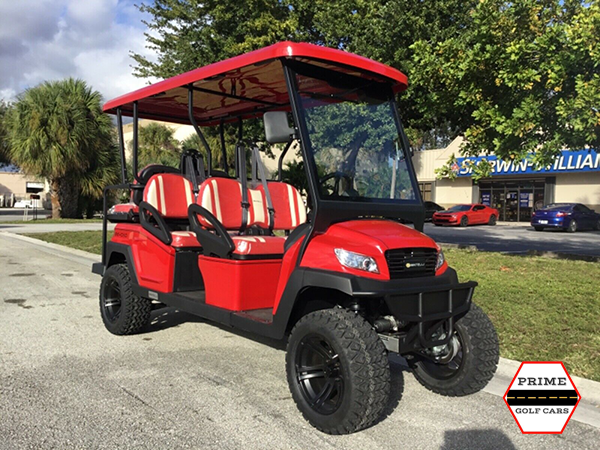 We’ve been carrying the Bintelli Beyond and Bintelli Nemesis golf carts for a while in our Riviera Beach location, with several different body styles available: 4 and 6 passenger carts, both lifted and nonlifted, are displayed and available for purchase at our massive main location in Riviera Beach. With each cart coming fully loaded with a multitude of accessories, our fleet of Bintelli golf carts are premium, high-end carts that are truly like no other. Bintelli Beyond carts come complete with an AC motor, LED lighting, a backup camera, a Bluetooth sound system, a color-matched extended roof, a rear set that can be flipped and turned into a flatbed-like surface for transporting materials, two-toned premium seats, hydraulic disk brakes, head lights and tail lights, dual USB plugs, an onboard smart charger, turn signals, DOT 3-point seat belts, a DOT windshield with powerful wipers, and DOT tires. Standard models have 14 inch wheels, and lifted models have 23 inch tires. The Bintelli Nemesis has all of the same features except for the Bluetooth sound system, and includes a flip seat with cupholders with drop-in cooler.
We’ve been carrying the Bintelli Beyond and Bintelli Nemesis golf carts for a while in our Riviera Beach location, with several different body styles available: 4 and 6 passenger carts, both lifted and nonlifted, are displayed and available for purchase at our massive main location in Riviera Beach. With each cart coming fully loaded with a multitude of accessories, our fleet of Bintelli golf carts are premium, high-end carts that are truly like no other. Bintelli Beyond carts come complete with an AC motor, LED lighting, a backup camera, a Bluetooth sound system, a color-matched extended roof, a rear set that can be flipped and turned into a flatbed-like surface for transporting materials, two-toned premium seats, hydraulic disk brakes, head lights and tail lights, dual USB plugs, an onboard smart charger, turn signals, DOT 3-point seat belts, a DOT windshield with powerful wipers, and DOT tires. Standard models have 14 inch wheels, and lifted models have 23 inch tires. The Bintelli Nemesis has all of the same features except for the Bluetooth sound system, and includes a flip seat with cupholders with drop-in cooler. Bintelli carts are street ready with all the safety features – head lights and tail lights, brake lights, turn signals, seat belts, horn, and windshield wipers – that enable them to be registered as low speed vehicles (LSVs), which would license them for street use on any public roads with a posted speed limit of 35 mph or less. Their maximum forward speed is approximately 20-25 mph, and depending on the type of cart and battery, their running distance can reach between 30-40 miles, with the option of upgrading to a longer range battery for an additional fee.
Bintelli carts are street ready with all the safety features – head lights and tail lights, brake lights, turn signals, seat belts, horn, and windshield wipers – that enable them to be registered as low speed vehicles (LSVs), which would license them for street use on any public roads with a posted speed limit of 35 mph or less. Their maximum forward speed is approximately 20-25 mph, and depending on the type of cart and battery, their running distance can reach between 30-40 miles, with the option of upgrading to a longer range battery for an additional fee.
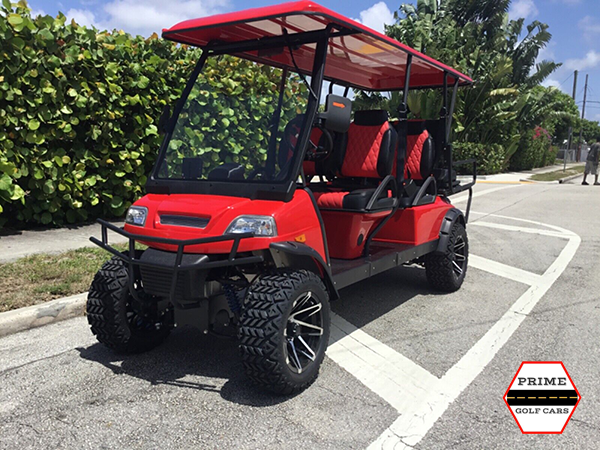
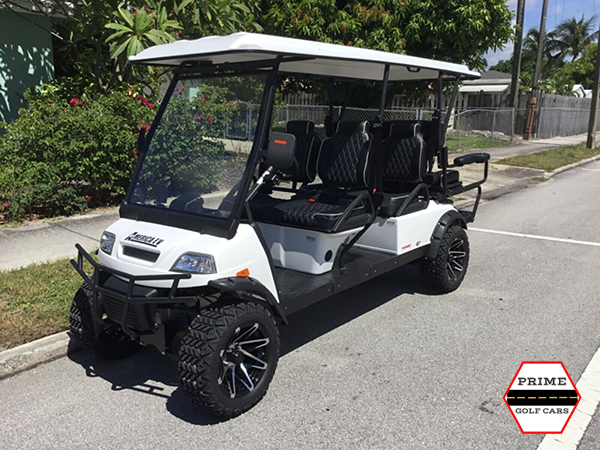
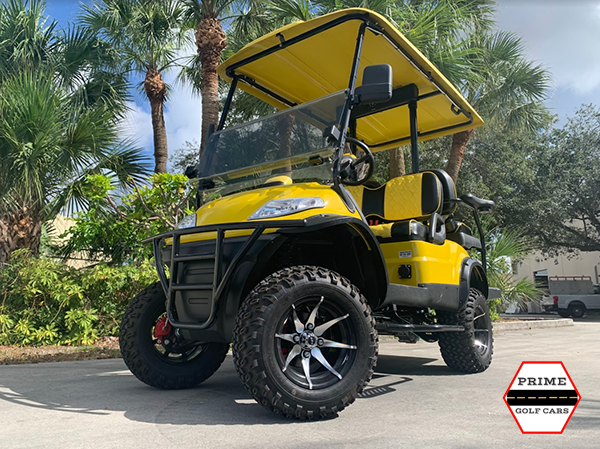
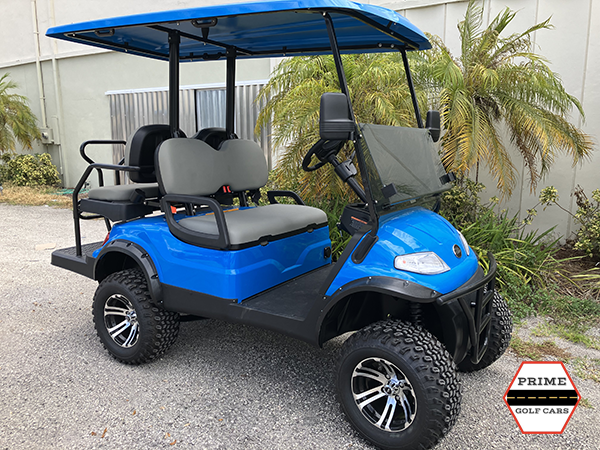
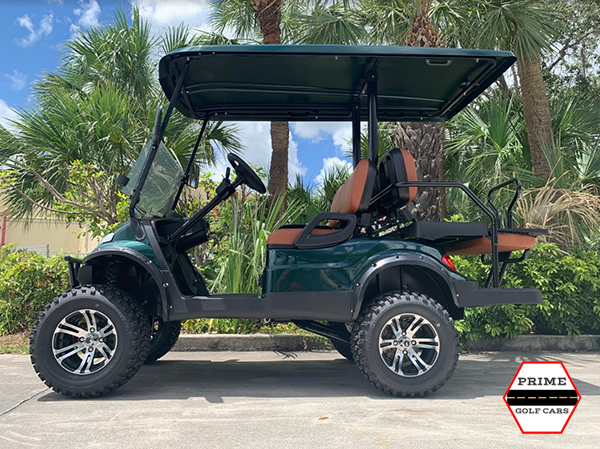
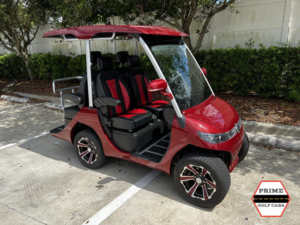
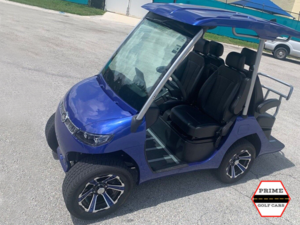
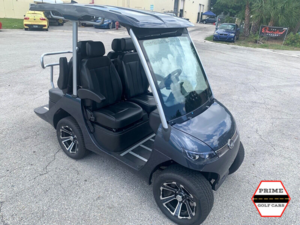
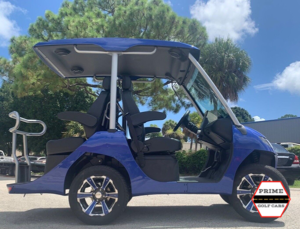
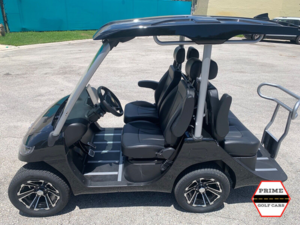
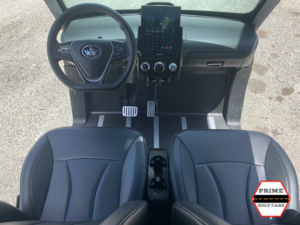
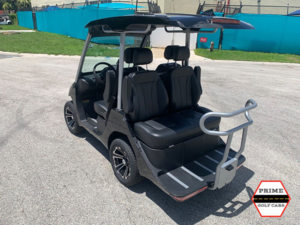
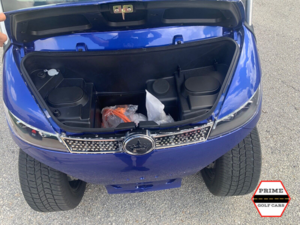
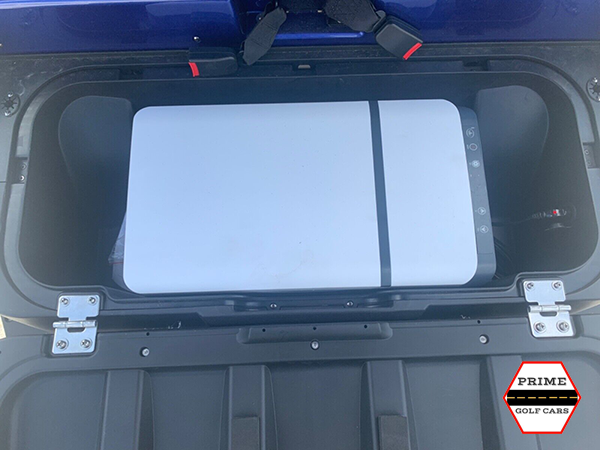
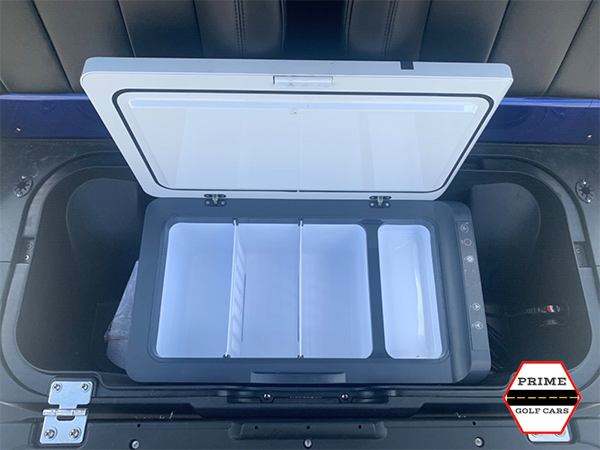
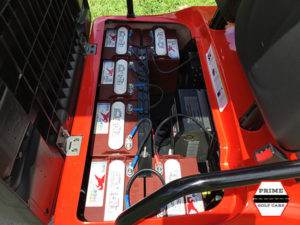
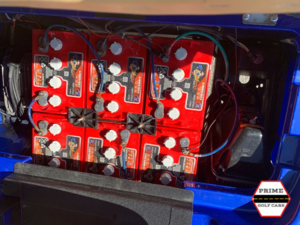
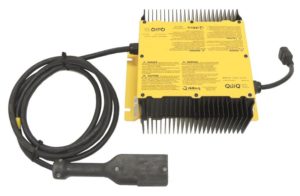 Most golf cart chargers use a 3-stage charging algorithm, consisting of a bulk charge stage, absorption charge stage, and finish charge stage. This algorithm determines how much power returns to the battery at various intervals, in order to make sure it is not undercharged or overcharged. During the bulk charge stage, about 80% of the discharged battery power will be recharged, usually taking around 4-8 hours depending on how low the battery charge was. The second stage, the absorption charge stage, the charge current slowly decreases until the 100% of the discharged battery power is recharged – however, this does not mean the battery is fully recharged. The final stage, the finish charge stage, slightly and safely overcharges the battery to account for efficiency losses. When using the right size charger, the battery is safely overcharged without damage.
Most golf cart chargers use a 3-stage charging algorithm, consisting of a bulk charge stage, absorption charge stage, and finish charge stage. This algorithm determines how much power returns to the battery at various intervals, in order to make sure it is not undercharged or overcharged. During the bulk charge stage, about 80% of the discharged battery power will be recharged, usually taking around 4-8 hours depending on how low the battery charge was. The second stage, the absorption charge stage, the charge current slowly decreases until the 100% of the discharged battery power is recharged – however, this does not mean the battery is fully recharged. The final stage, the finish charge stage, slightly and safely overcharges the battery to account for efficiency losses. When using the right size charger, the battery is safely overcharged without damage. When charging lead-acid golf cart batteries, it’s important to do it in a well-ventilated area. One of our recommendations is also to lift up the seat that covers the batteries – in 4 passenger carts, they are most often under the front 2 seats, and 6 passenger carts mostly have them under the middle row of seats – either before or directly after plugging in the charger. This is because when a lead-acid battery system is plugged in, as it begins charging, it can release hazardous fumes from the chemicals inside the batteries. Build-up of these fumes under the seats can be dangerous, so to avoid this, either leave the seat up as the batteries charge, or lift the seat and allow any possible fumes to clear out and ventilate before putting the seat back down.
When charging lead-acid golf cart batteries, it’s important to do it in a well-ventilated area. One of our recommendations is also to lift up the seat that covers the batteries – in 4 passenger carts, they are most often under the front 2 seats, and 6 passenger carts mostly have them under the middle row of seats – either before or directly after plugging in the charger. This is because when a lead-acid battery system is plugged in, as it begins charging, it can release hazardous fumes from the chemicals inside the batteries. Build-up of these fumes under the seats can be dangerous, so to avoid this, either leave the seat up as the batteries charge, or lift the seat and allow any possible fumes to clear out and ventilate before putting the seat back down.